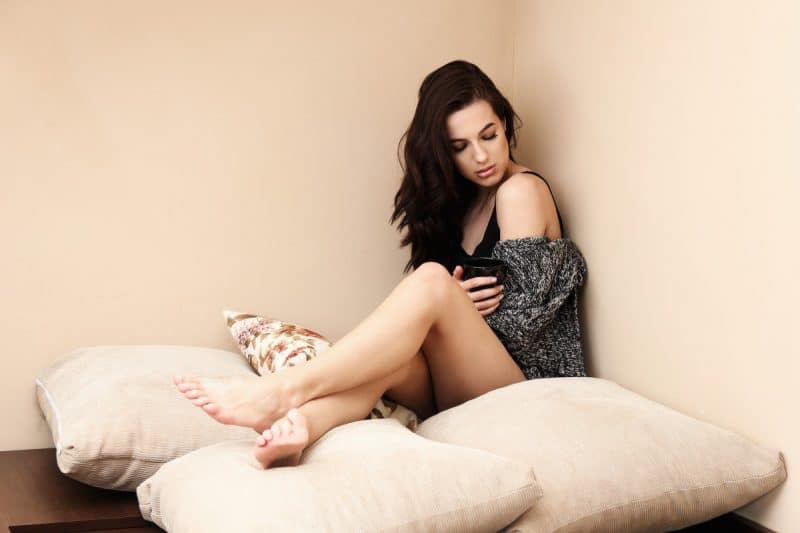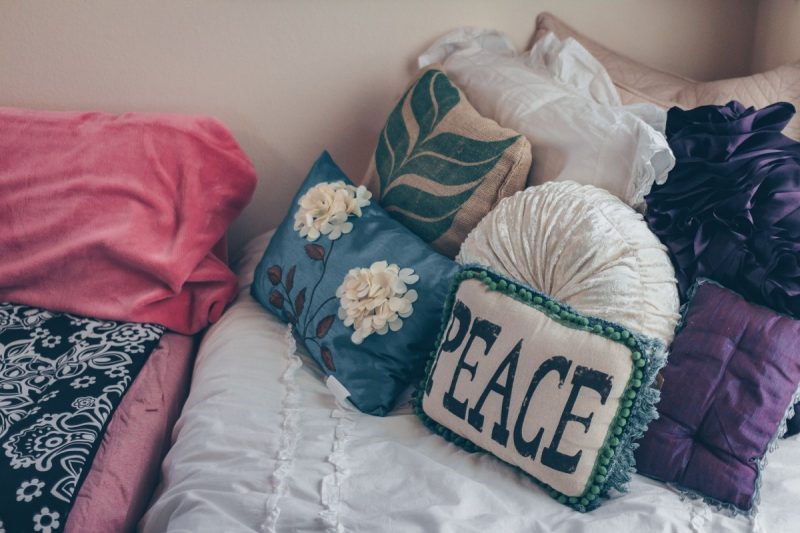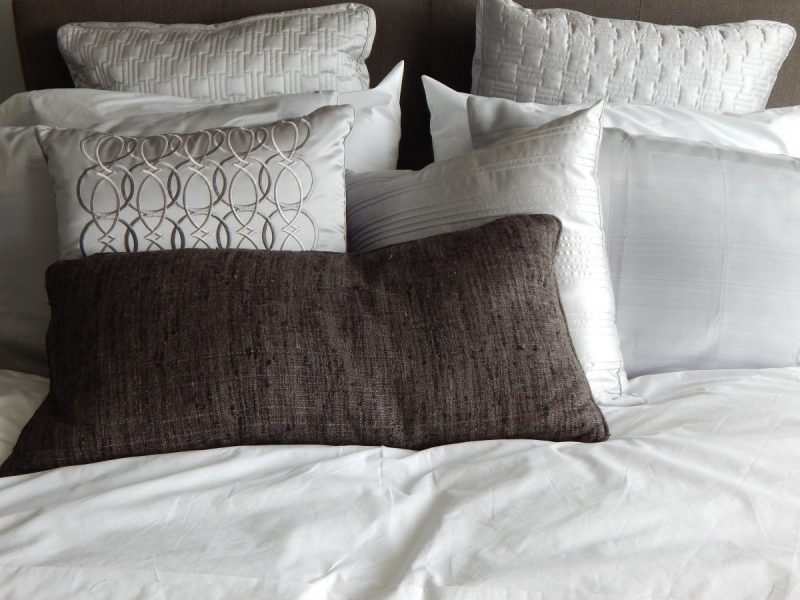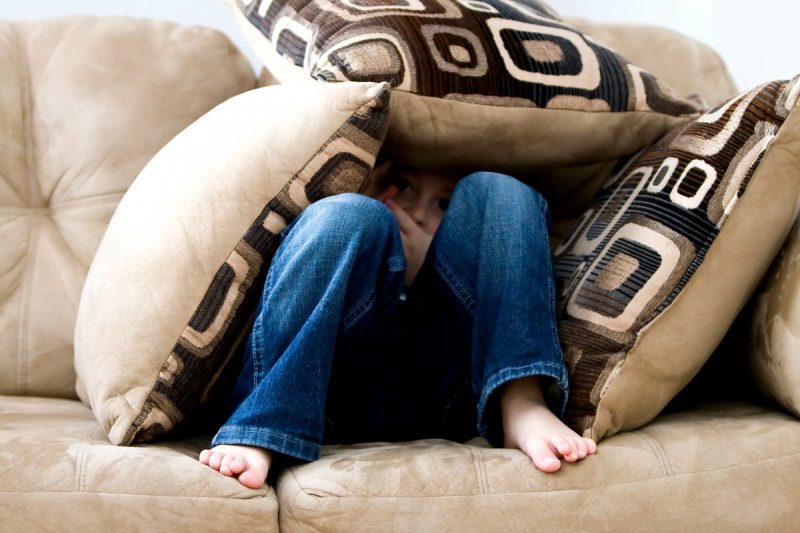Would you like to know how to clean a pillow top mattress stain? It’s surprisingly easy. The primary key is that; you do the cleaning while the stain is still fresh.

Humans throughout history have gone so many headaches because of these nasty stains – especially on mattresses!
It’s sure nice to wake to lay on your soft and spotless mattress.
Nothing’s more satisfying to anybody tired and have acquired a complete and fine rest.
However, try to imagine yourself coming home from work in the UK, rushing to your bed to relax, and discovered a puke on your mattress. How frustrating!
This article will look at some methods to help you solve your problem with that stain in your pillow top mattress.
Methods To Clean A Pillow Top Mattress Stain
We have been dealing with stains all our lives.
Technology has offered several products which made our lives easier – including bleaches to remove awful stains.
However, talking about clothes is a different thing from talking about mattresses.
Pillow top mattress is known to give extra comfort to the human body.
Though it comes through different types, what makes it unique is the additional padding attached at the top of the mattress.
This soft surface provides excellent comfort and relief.
In this section, we will discover how to clean a pillow top mattress stain. We will consider one thing before we proceed to an appropriate method.
Determine the kind of stain.
#1. Blood
You must consider this kind of stain because women discharge blood every month.
Yes, they wear sanitary napkins, but leaks can occur. Leaks have more possibility if she is a constantly moving sleeper.
Well, men can also contribute bloody stains on the bed. I mean, anyone can. Wounds are also unavoidable, not to mention nosebleeds.
Blood is one of the hardest stains to remove. Make sure you act while it’s not too late. We’ll look at three methods here:
Tip #1. Using hydrogen peroxide
Blood is somehow thick and hard to remove when it settles through the mattress.
Manufacturers design some treatments to remove blood stains. These are available in the nearest store within your city or town.
A very widely used cleaning agent at the UK home known as hydrogen peroxide can do a great job removing that bloodstain on your mattress.
Better to use a 3% solution because a higher solution can be corrosive.
Also, this treatment may cause bleaching, so test a small amount of it to the side of the mattress before applying it to the stain.
Here are simple steps to remove blood stains using hydrogen peroxide:
- Use a cotton swab to get the right amount of your 3% hydrogen peroxide
- Test it first to the side part of your mattress
- If bleaching occurs, don’t proceed to the next step
- Spray or pour a small amount of hydrogen peroxide into the affected area
- Let it sit for a minute
- Rub it with a cloth soaked in cold water until the stain disappears
Tip #2. Using lemon juice
There is always that line “choose organic.”
Even in removing stains, we can choose a way that is less harmful to our bodies. Removing stains is one of the powers of lemon juice.
Here’s what you’re going to do:
- Mix lemon juice with baking soda. A ratio of 1:2 is required
- Dab the mixture to the bloodstain
- Let it sit for at least 5 minutes
- Again, use a cloth soaked in cold water to rub the mixture
- Do this until the mattress is strain-free.
Tip #3. Using a traditional laundry detergent
Simple detergents can’t usually blot out bloodstains.
However, UK manufacturers design some detergents to combat hard stains.
A friendly suggestion would be; Tide Plus Coldwater Liquid Detergent or OxiClean™ Versatile Stain Remover.
#2. Pee
If you do have kids at home in the UK, bedwetting accidents can sometimes occur. It’s not just the odour that is disturbing but also the strain it caused.
The good news is; you can remove the stain by creating your own “mattress stain remover.”
Tip #1. Materials needed
You can find these things required for this stain remover in your UK home. This remover will be very easy to prepare.
You’ll need just three ingredients; hydrogen peroxide, baking soda, and dishwashing liquid.
Experts recommend hydrogen peroxide in a 3% solution for safer use.
You don’t want to harm your lungs nor wish to burn your skin. If you don’t have this product, it’s always available in the market.
Tip #2. Making your mattress stain remover
You can have the finished product in just three easy steps. Prepare this in a medium-sized bowl.
By the way, you have to transfer your finished product to a spray bottle for easy application to your mattress stain.
First, measure 30 ml of hydrogen peroxide 3% solution, 64 grams of baking soda, and one teaspoon of dishwashing liquid.
Mix well all these ingredients in your bowl. Use a funnel to transfer the mixture to your spray bottle.
Tip #3. Applying the mattress stain remover
Spray an appropriate amount of your product to the area with a stain. Make sure you cover that whole area. Let it sit until the stain is gone.
Pee contains infectious microorganisms. Even if we already have removed the stains using our mattress stain remover, these microorganisms may still be alive in your mattress.
Little as they are, they can make you very ill.
Tip #4. Disinfecting your mattress
For disinfection, again, we will use ingredients found at home in the UK. Who does not have water and vinegar at home? Yes! These are the only things we need.
In another spray bottle, mix water and vinegar with a 1:1 ratio.
If one has already dried the mattress’s surface after removing the stain, spray a considerable amount of this solution. Do this in such a way that the mattress does not become wet.
See to it that the surfaces dehydrated before laying there.
#3. Puke
You would never know that you have puked over your bed after a Friday night’s party.
It may add to your exhaustion as you discover it early in the morning.
You don’t have a choice but to remove it right away.
Vinegar not just used for cooking or disinfecting, but it can also combat puke stains.
Again, mixing water and vinegar in a spray bottle with a ratio of 1:1 will do a puke stain removal job effortlessly.
Spray a significant amount of the solution over the stained area. Use a clean cloth to rub off the stain. Do this again and again until one deletes the stain.
Final Words
At the end of this article, I hope you’ve learned different methods on how to clean a pillow top mattress stain.
The ideas above meant to help you achieve a flawless rest. May it be that this will result to relieve your burden from the discomfort of stains.
It is an honour that you have reached this point. Your time and effort are much appreciated!









